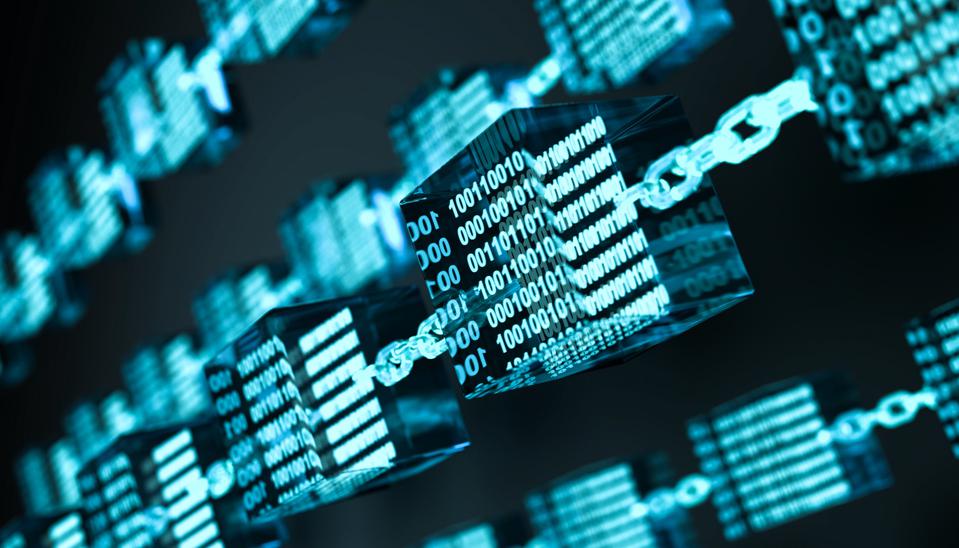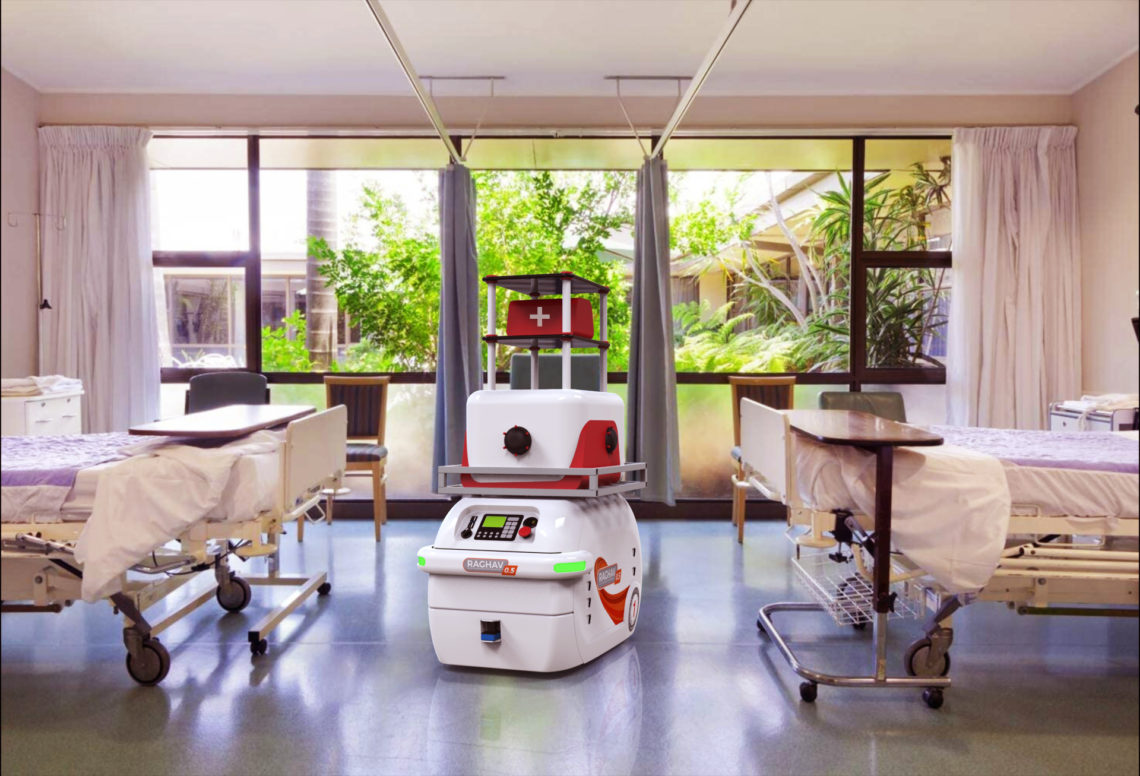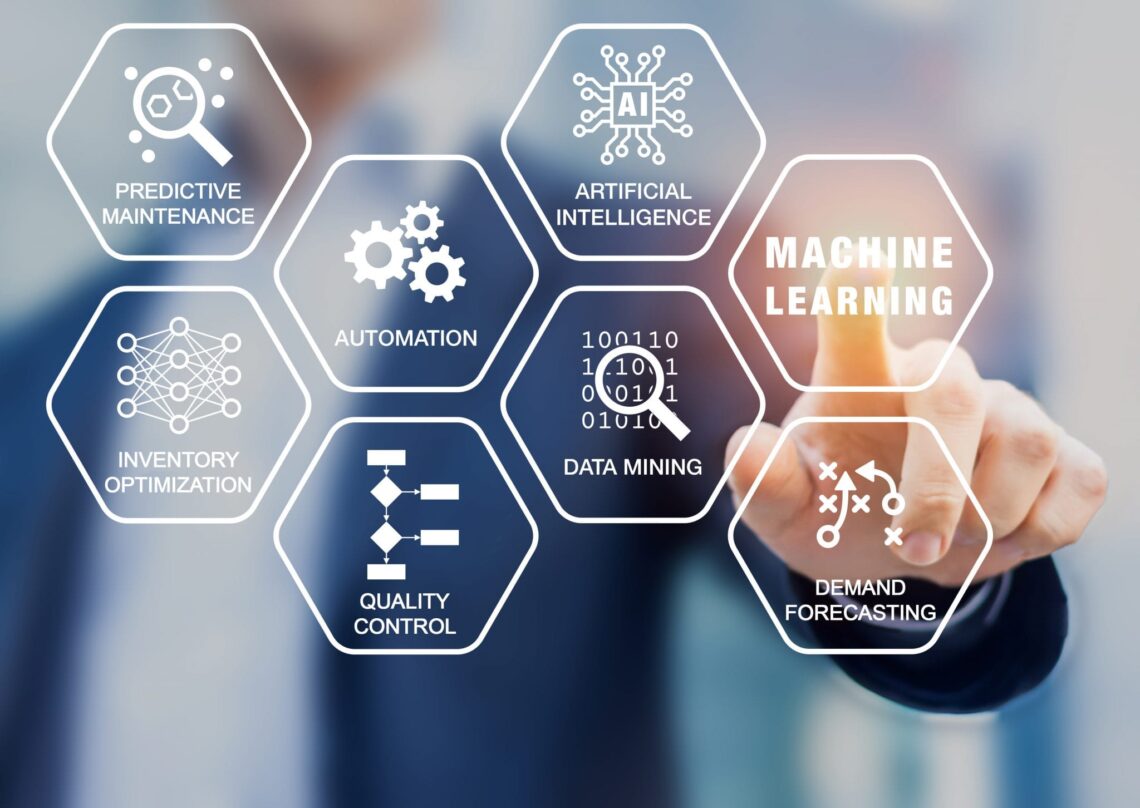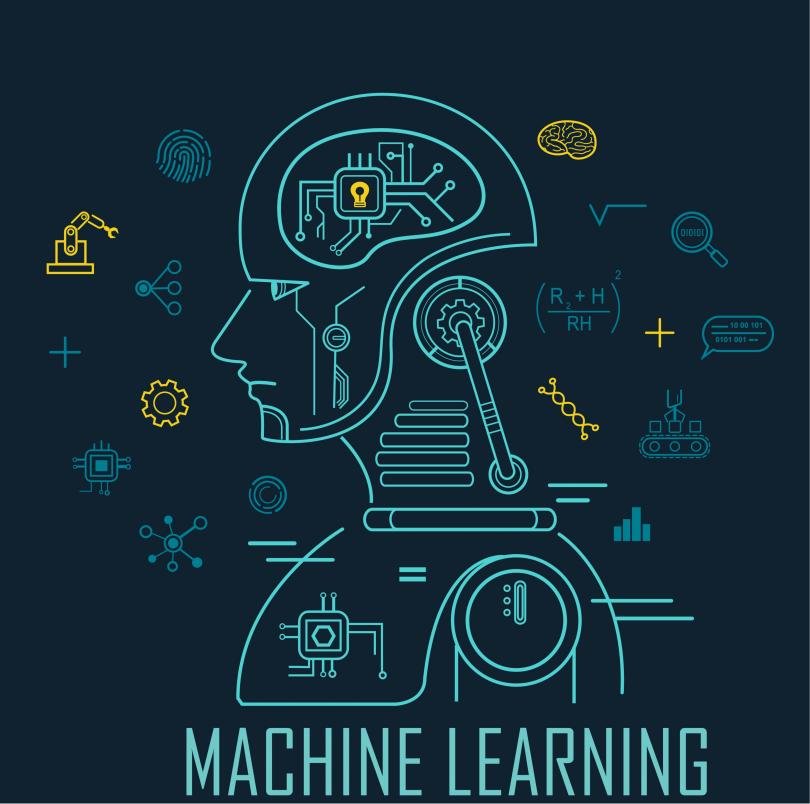Blockchain is a decentralized method of recording transactions and allowing communication between different entities on a network. Everyone on the network has access to the entire network and its history. The transactions or actions performed are impossible to tamper, alter or falsify for anyone. Thus, the major advantages of a blockchain are transparency and security. We have taken a bird’s eye view of blockchain in previous blogs; now, we shall look at a very specific field of application – Swarm Robotics. We shall try to understand what Swarm Robotics entails, its applications, and how Blockchain is aiding its development. What is Swarm Robotics? The dictionary definition of swarm states that…
-
-
Reasons why manufacturing industries should choose blockchain
In the last blog, we understood what blockchain is at a broad level. Now, let’s see what it brings to the table for manufacturing companies. We shall look at 8 major reasons why manufacturers should adopt blockchain. If you are a manufacturer, read carefully! Hope you like it. Transparency With evolving technologies, an increasing number of processes in manufacturing are going digital and becoming a huge source of data. And resultantly, transparency in sharing of data is becoming an important issue. All the stakeholders must have equal access to data. In a blockchain, all the network participants share the same data and it can be updated only through the consensus…
-
Things to know about Blockchain
Are you afraid that your data might leak to the government or service providers? Do you wish that you and your employees could access confidential data from anywhere safely? If yes, blockchain is here to solve your needs. Sectors such as cyber security, healthcare, manufacturing and industries, financial services, government, retail, real estate, media, and tourism, etc., are already using blockchain today. Want to know how? Want to get into the depth of it? Read on! Bird’s Eye View: Blockchain is a database that can be described as a decentralized way to document transactions in a particular sequence. Everyone in the network has access to the entire blockchain and its…
-
Cyber Security High-Risk Industries
Welcome to the final blog in the series on Cyber Security. In this piece, we shall look at the industries at the highest risk of cyber-attacks. Let’s get right into it! Time changes fast, technology faster, and we are forced to adapt at the quickest speed. The more we start to rely on technology, the newer challenges and risks emerge. Cybercrimes are one such challenge. Every individual and organization that is connected to digital is always at the risk of a cyber-attack. Experts estimate that cybercrimes could potentially cost the world over US$10.5 trillion annually by 2025. However, specific sectors are more prone to cyber-attack than others. Let’s have a look…
-
Cybersecurity: An urgency for manufacturers
Welcome back to our series on cybersecurity. We hope you found our first blog interesting. Through this particular piece, we wish to convey how cybersecurity is essential for manufacturers and how they can take the first steps toward ensuring the security of their operations in the digital age. Read on! Over the last couple of decades, a considerable transformation has occurred in the manufacturing industry. Industry 4.0 has introduced modern production, monitoring, quality inspection, planning, etc., and manufacturers have reaped enormous benefits from their investments. In a nutshell, factories are increasingly becoming ‘smarter’ by the day. However, as more and more aspects of manufacturing get connected to the digital world…
-
Robotics in Healthcare: Analyzing Risks, Reaping Benefits
Welcome back to another blog in the series Robotics in Healthcare. Previously, we have looked at several new-age applications of robots in delivering healthcare and managing hospitals. Without a doubt, such applications are transforming how patients are treated and providing many benefits to patients, doctors, hospital management, etc. However, with advantages come a few risks and disadvantages too. What are those? Through this piece, we shall take a look at the benefits we can reap and the risks we must manage as far as the use of robots in healthcare is concerned. Read on! Reaping the benefits: Reduced errors The number of patients dying due to surgical errors has drastically…
-
5 Reasons Why Your Warehouse Needs Machine Learning
Welcome back as we conclude the Machine Learning (ML) series with this last interesting piece. We began the series by understanding what ML means. Then we looked at the different technical approaches that can be taken under ML. In the last blog, we focused on the impact of ML on manufacturing. We have tried to bring ML in more simplistic terms to our friends from manufacturing. And thus, we shall conclude the series with a piece on how you can use ML to enhance warehouses – a crucial component of the manufacturing cycle. Advancements in technology are not new to warehouses, and ML is just the latest type on the…
-
4 Ways Machine Learning Can Improve Manufacturing
After understanding the basics of Machine Learning (ML) and looking at the different approaches one can adopt, we shall now appreciate the impact ML is having on manufacturing. We hope that this blog proves helpful to readers from the manufacturing world. Read on! ML applications are descending from the white-collar financial analytics world into the brick-and-mortar world with the advances coming into data speed and processing speed of computers. It is increasingly deployed for quality checks, process optimization, and predictive maintenance in factories. It no longer remains in the realm of research. Now, the world realizes its true potential and utilizes it for better results in its products and processes.…
-
The Four Approaches to Machine Learning You Should Know
Welcome to the 2nd blog in Rucha Yantra’s series on Machine Learning (ML). In the previous blog, we took an overview of ML, explored the basic terminologies associated, and looked at the most trending applications of ML in the world. Going a bit deeper, we shall look at the different approaches to Machine Learning – the different ways it can work. The basic functionality of ML is similar to how humans learn. Before an ML algorithm can analyze, judge, and finally act, it needs to be fed “learning” data for classification. Broadly, there are four different ways how this classification works. Let’s take a look! 1. Supervised learning: This is the…
-
Machine Learning: An Overview
Thank you for staying tuned to Rucha Yantra’s blog series. Previously, we have shared our knowledge and general information on next-gen technologies such as Industry 4.0, IoT, and AI. With this blog, we are starting a series on Machine Learning (ML). First, we shall try to answer the most basic questions like: What is Machine Learning? What is the basic process of ML? What are the major real-world applications of ML? So, let’s start answering. Hope you find the ML series useful. What is Machine Learning? At its core, it is a tool for turning information into knowledge. Today, we are witnessing, with the rise of digital offerings and connectivity,…










